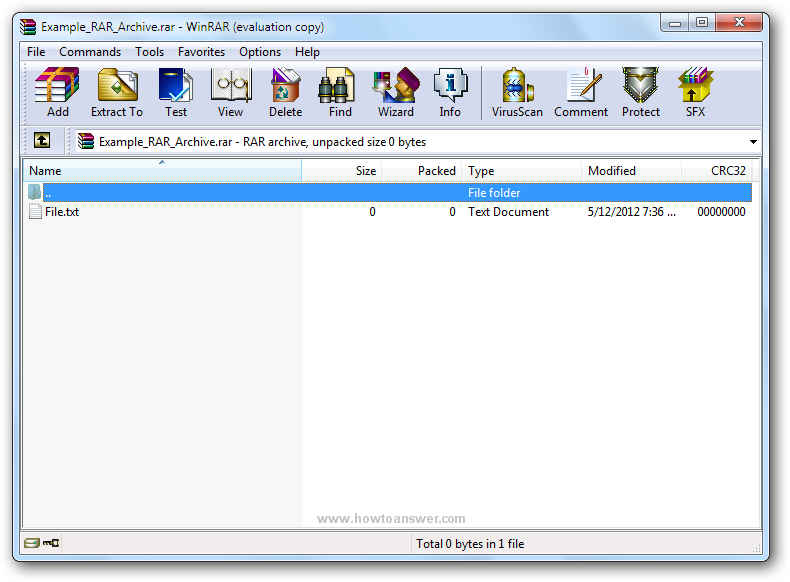
Step 5: Click OK in Archive name and parameters dialog and begins to compress file with above settings.Īfter finishing compression, you would get several RAR/ZIP archives with the same size like these. For example, type 5 as size and choose MB as measure unit. And go to Split to volumes, size option, set archive size and unit to measure the size. In drop-down list of Compression method, choose Normal. Step 4: Set compression method Normal and specify archive size.

Confirm the archive name and archive format. Step 3: In Archive name and parameters dialog, you can see Archive name, Archive format and compression method under General tab. Step 2: Right-click it and choose Add to archive in pop-up context menu. Step 1: Select the file or folder you want to compress. Steps to compress RAR/ZIP file and split archive to volumes in specific size Then we can or have to control archive file size, usually by splitting an archive into several volumes with given size. When we want to improve transfer speed of RAR/ZIP file through Internet.


It is an experimental archiver (read alpha) and runs very slowly, but gives shockingly good compression most of the time. It takes longer to compress, but it’s usually worth it. I usually like to keep everything set to the maximum (figure 1). 7-Zip supports several different powerful algorithms, and by tuning them just right, you could potentially get a big increase in savings over RAR. Your best bet is to either tweak the WinRAR settings to the file you were trying to compressing, or to use a better compression algorithm. If anything, re-compressing an already compressed file may even increase the resulting file. Is there a way I can compress the RAR file again?Īgain? No, see this question for why a compressed file cannot be compressed further.


 0 kommentar(er)
0 kommentar(er)
